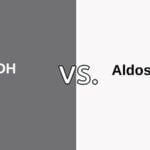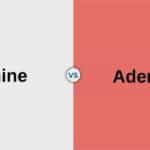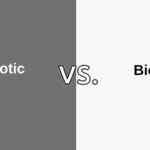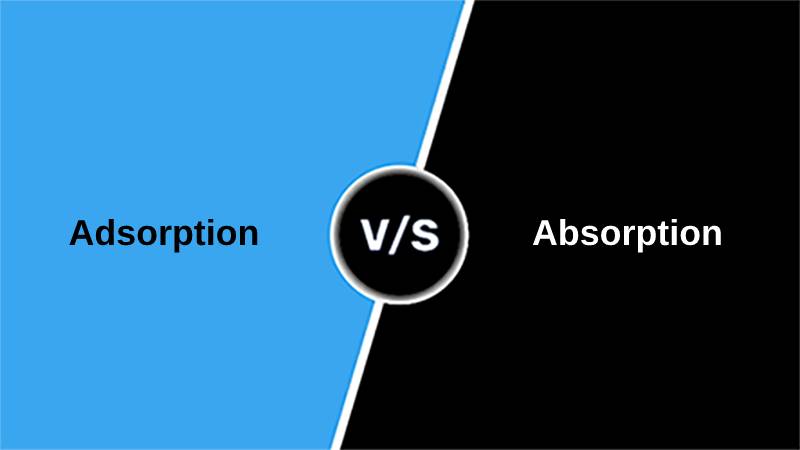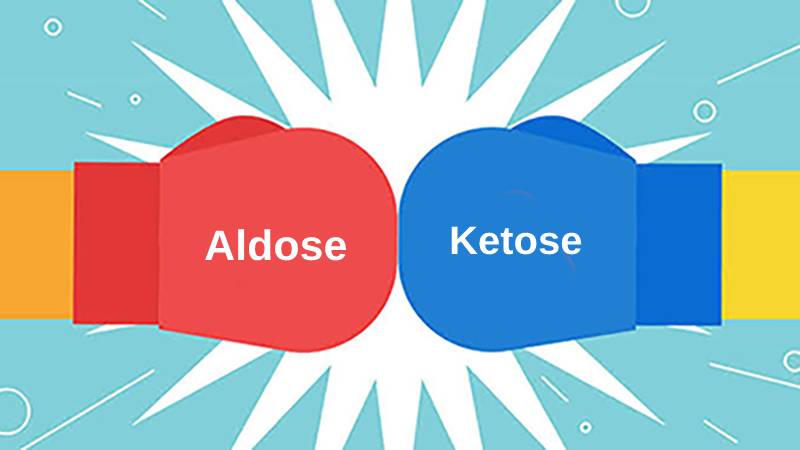All the things around us are either acidic, alkaline (basic), or neutral. The differences between acidic and alkaline properties lie intrinsic to the use of antacid when suffering from acidity, rubbing vinegar on stinging by a wasp, storing pickles in glass or ceramic containers instead of metal containers, decaying of the tooth when not brushing with toothpaste, and numerous of other such commonsensical things in our daily life.
Acidic vs Alkaline
The main difference between acidic and alkaline properties is that substances which have pH levels from 0 to 6.9 (below 7) are acidic whereas those which have pH levels from 7.1 to 14 (above 7) are alkaline. Neutral substances have a pH value of 7 like pure water and salts like sodium chloride (common kitchen salt).
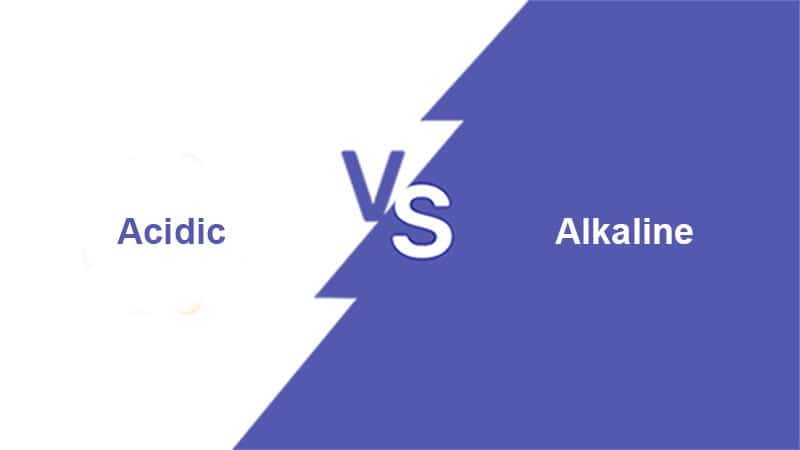
A substance is said to be acidic if it releases hydrogen ions (H+ ions) when dissolved in water. They have a sour taste and a bit of a sticky texture.
A substance is said to be alkaline if it releases hydroxide ions (OH- ions) when dissolved in water. They have a bitter taste and a soapy or slippery texture.
Comparison Table Between Acidic and Alkaline
| Parameters of Comparison | Acidic | Alkaline |
| pH range | Below the pH value of 7 (1-6.9) | Above the pH value of 7 (7.1-14) |
| Taste | Sour | Bitter |
| Texture | Feels a bit sticky to touch | Feels soapy or slippery to touch like the bathing soap |
| Strength | The strength of acidic substances is directly proportional with the concentration of hydrogen ions or lesser the pH value below 7, more acidic the thing would be | Strength is directly proportional with the concentration of hydroxide ions or greater the pH value above 7, more alkaline the thing would be |
| Effect on blue litmus | Turns red in an acidic solution | No change. Remains blue in the alkaline solution |
| Effect on red litmus | No change. Remains red in acidic solution | Turns into blue in an alkaline solution |
| Neutralizing effect | Neutralizes acidic substance to form salt and water | Neutralize acidic substance to form salt and water |
| Effect on metals | Acidic substances are more corrosive for metals than alkaline substances | Alkaline substances are less or not corrosive for metals than acidic substances |
What is Acidic?
Anything is acidic if it releases hydrogen ions when dissolving in water. These substances have a pH value lower than 7. As the pH value reduces below 7 on the pH scale, substances tend to become more acidic. Acidic substances taste sour. The sour taste of lemon can be taken as an example as it contains citric acid. Furthermore, acidic substances feel a bit sticky on touching.
Litmus which is obtained from lichen plants is one of the best indicators to know whether the thing is acidic or not. Litmus paper or solution remains or turns red from blue color in acidic solutions.
Daily life examples of acidic substances are vinegar used in cooking, preserving food, and cleaning, carbonic acid which are used as a preservative in soft drinks, sulphuric acid in car batteries, nitric acid used in explosives, in the making of fertilizers, citric acid in lemon, lactic acid in curd, oxalic acid in tomatoes, tartaric acid in tamarind, etc.
On reacting with alkaline substances, acidic substances neutralize them to form salt and water. Vinegar (acetic acid) is rubbed on the skin to neutralize the alkaline liquid injected by the wasp into the skin when it stings. Moreover, acidic substances react with most of the metals to form salt and liberate hydrogen gas. Pickles (acidic) are not stored in metal containers because of the same property. On reacting with metals, metal oxides (salt) are formed which are harmful to consume.
What is Alkaline?
Anything is alkaline if it releases hydroxide ions when dissolving in water. Alkaline substances have a pH value above 7. As the pH value increases above 7 on the pH scale, substances tend to become more alkaline. Alkaline substances taste bitter. Moreover, they feel soapy or slippery to touch such as bathing soap. It contains potassium hydroxide or Potash (alkaline).
Litmus paper or solution remains or turns blue from red in alkaline solutions. Another natural indicator is turmeric. In our daily life, alkaline substances can be easily found like caustic soda (sodium hydroxide) which is used in making washing soaps, potash (potassium hydroxide) in bathing soaps, milk of magnesia (magnesium hydroxide) to control acidity, ammonium hydroxide in hair dyes, among others.
On reacting with acids, alkaline substances neutralize acids to form salt and liberate hydrogen. The human stomach secretes hydrochloric acid to digest food. However, when there is excess secretion due to indigestion, acidity happens.
Antacid-like milk of magnesia (magnesium hydroxide) is taken which is alkaline to neutralize the excess acid. Similarly, toothpaste (alkaline) neutralizes the acid formed by bacteria while breaking down the sugar in the mouth. Therefore, toothpaste prevents the enamel of teeth from being corroded by the acid.
Main Differences Between Acidic and Alkaline
- Acidic substances have a pH value lower than 7 whereas alkaline substances have a pH value of above 7.
- Acidic nature increases with the decrease in pH value below 7. Conversely, alkaline nature increases with the increase in pH value above 7.
- Acidic substances turn blue litmus into red while alkaline substances turn red litmus into the blue.
- Soapy or slippery is the texture of alkaline substances. However, acidic substances feel a bit sticky to the touch.
- Acidic substances taste sour. On the other hand, alkaline substances taste bitter.
Conclusion
To sum up, acidic and alkaline substances are completely different from each other in all their properties. From the food we eat, things we apply to goods we manufacture, acidic and alkaline substances mark their presence.
They are part of our daily life. It becomes prudent to understand the differences between them to avoid taking lemonade (citric acid) instead of an antacid while suffering from acidity, for example.






